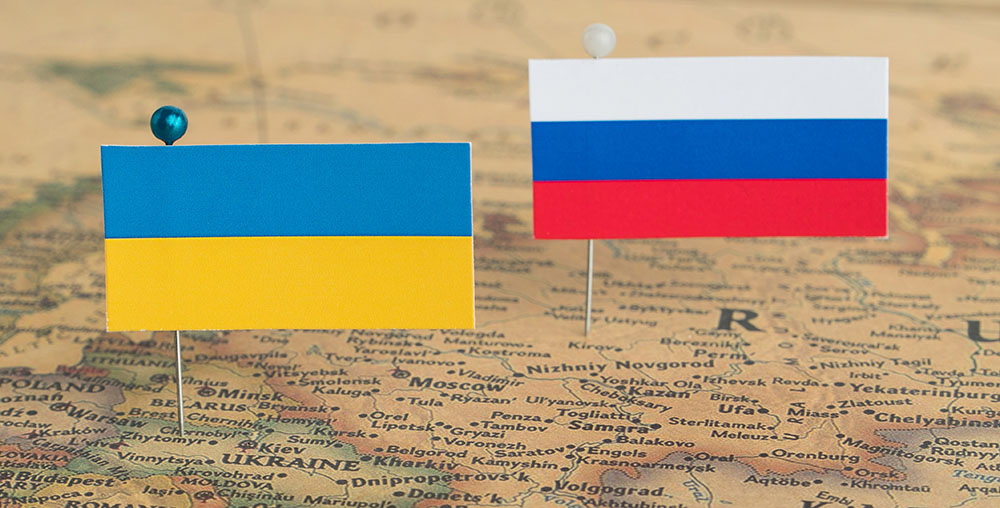Teaching the War in Ukraine: Resources Recommended by Educators

The community of educators leading global education initiatives at GEBG member schools frequently shares with each other teaching resources in response to critical global current events. The following list is a compilation of the most recent recommendations from GEBG educators as they seek to help their students and colleagues better understand the unfolding war in Ukraine. Supporting teachers and students to learn about complex and deeply historied current events is a challenge, but a challenge that a community of thoughtful, experienced, and globally aware educators can help us all navigate with more nuance.
We know that our interconnected world means that what is happening in one place in the world is tied to all of our lives in ways seen and unseen. GEBG educators have emphasized the need to help students understand with empathy that this war is personal and potentially traumatic for many in our communities with familial or identity ties to Ukraine and/or Russia, as well as for those more directly impacted. In addition, educators play a key role in helping students understand that no one individual or government speaks for all its people, and that listening and learning are an important part of the global competency of taking meaningful action on issues of global significance.
Resources specifically for educators:
- Educators Institute for Human Rights has shared this PDF of resources for teachers
- The New York Times Learning Network prepared this “Lesson of the Day: ‘The Invasion of Ukraine: How Russia Attacked and What Happens Next’” that has some good background materials.
- Brown University’s Choices Program unit on Ukraine (also has some background materials).
- Edweek’s article “How to Talk with Students About the Russia-Ukraine War” includes 5 tips for discussing conflict with young people.
Accessible News Materials Recommended by GEBG Educators for Use with Students
- The New York Times Daily podcast has continuing coverage, useful episodes include Feb 23rd’s “A Knife to the Throat: Putin’s Logic for Invading Ukraine” and Feb 25th’s “Ukrainian’s Choice: Fight or Flee?”
- The Guardian, “Russia’s War in Ukraine Complete Guide in Maps, Videos, and Pictures” has no paywall and excellent maps. They also have continuing coverage including an article highlighting the role of social media in this war ”The first TikTok war: how are influencers in Russia and Ukraine responding?”
- Foreign Affairs ongoing coverage updated on this page – provides more in-depth articles including ones that address sanctions, differing opinions within Russia, and the role of fossil fuels in this war.
- BBC ongoing coverage updated on this page – includes some short video clips as well as stories on various sub topics including impact and influence of China, and refugees leaving Ukraine.
- The Moscow Times, an independent English news media outlet in Russia, has ongoing coverage on the front page of their website.
- The Freedom Forum’s Today’s Front Pages shows front pages of the newspapers (not just those in English language) from around the world via an interactive map.
- AllSides, a tool for understanding perspective and bias in media coverage, has ongoing curation of news of the war with a breakdown of media outlets and stories which they classify as Left, Center, and Right in terms of the political spectrum.
- For some historical background/context: NPR Interview with scholar Mary Elise Sarotte, “To Grasp What’s Going on at the Russia-Ukraine Border, It Helps to Know Some History” – accessible and scholarly overview of the post-Cold War relationships between NATO, Ukraine, and Russia.
Thanks to the following educators for their recommendations:
Kassandra Brenot, Natalia Di Domenico, Yom Fox, Elizabeth Pillsbury, Sara Romeyn, David Thompson, Erik Vincent, Kelly Wheelan, Elizabeth Yavenditti.
These resources were recommended by educators from GEBG member schools – this list does not indicate an endorsement of any organization or publication by GEBG or the educators/schools listed, and every school should review the materials with their own context and community in mind before use.